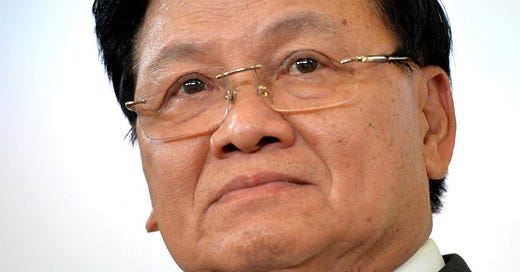Laos Joins Beijing's Push to Strengthen ASEAN Ties
President Thongloun Sisoulith puts economy front and centre. Transport linkages are the key to landlocked Laos' future despite high debts and currency pressure from US inflation and rate hikes.
UPDATE: Laos stands at a pivotal moment in its history. The formerly landlocked nation is now connected to Yunnan province, China, by high-speed rail and will soon be connected by rail to Thailand. Vietnam too, is building rail connections with China, although questions remain about the countries antiquated narrow gauge capacity. The China-ASEAN plan of…




